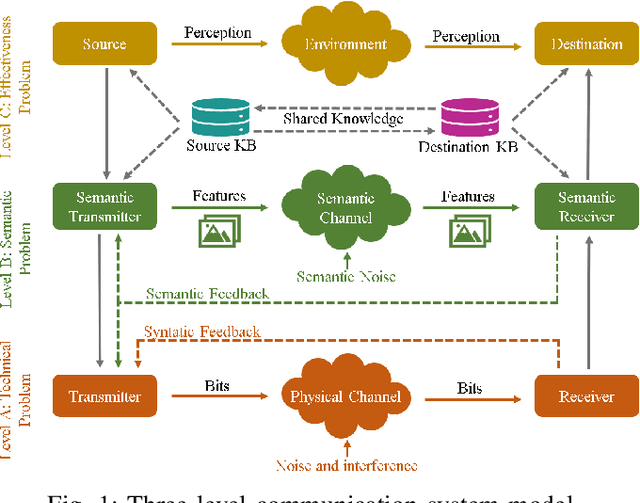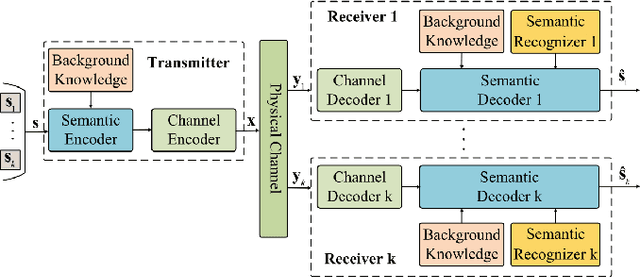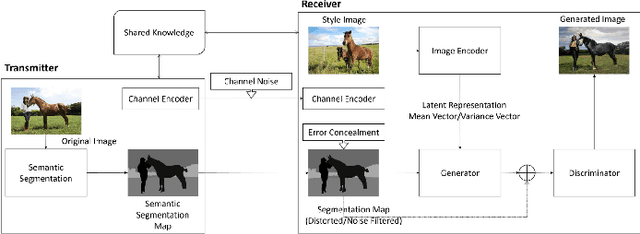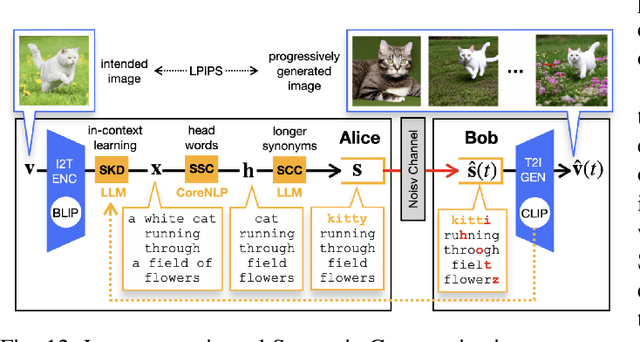Semantic Communications: the New Paradigm Behind Beyond 5G Technologies
Paper and Code
Jun 02, 2024



Each generation of cellular networks is characterized by its distinct capabilities and innovations, which reflect the significant milestones reached with each new release. 5G has made substantial progress through the deployment of advanced encoding and modulation techniques, nearly reaching the Shannon physical capacity limit. In light of the requirements of Beyond-5G technologies, there is the need of a paradigm shift in the development of communication systems. Recent developments in the realm of Artificial Intelligence (AI) have enabled the deployment of tools with high abstraction capabilities, relevant for feature extraction processes and End-to-End system optimization tasks. In this context, Semantic Communications has emerged as a novel information transmission system, with AI as one of the core components in its implementation. This communication paradigm relies on the extraction and transmission of the "semantic meaning" of the source information using AI techniques, diverging from the conventional systems that primarily focus on ensuring the successful reception of the transmitted bits. The purpose of this survey is to provide a comprehensive overview of the fundamental concepts underlying Semantic Communications, including Shannon's Information Theory, classical and modern theories of semantic information, and an examination of the framework and system design of Semantic Communications. Additionally, recent implementations are reviwed, including the analysis of Semantic Communications systems according to the information object transmitted and the objective of the information transmission. Moreover, an in-depth study of prototypes and demonstrations are presented, supporting the viability of the Semantic Communications systems. Finally, some of the most relevant open challenges are detailed, highlighting open research questions to be pursued in Semantic Communications.
 Add to Chrome
Add to Chrome Add to Firefox
Add to Firefox Add to Edge
Add to Edge